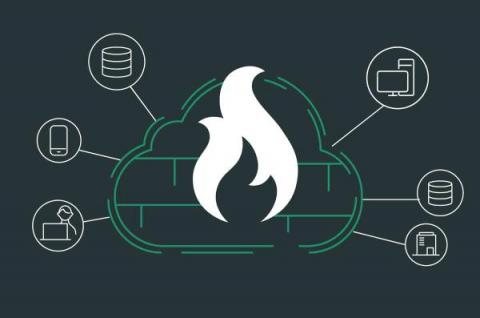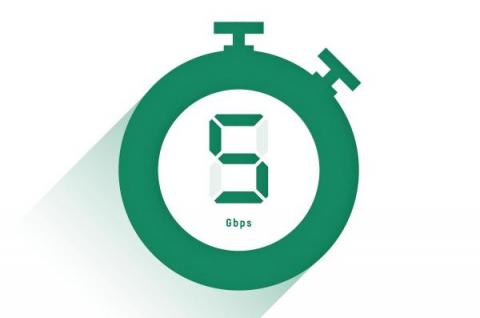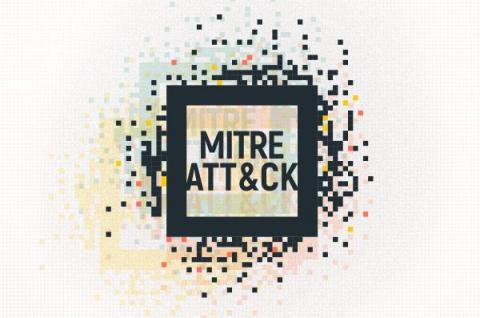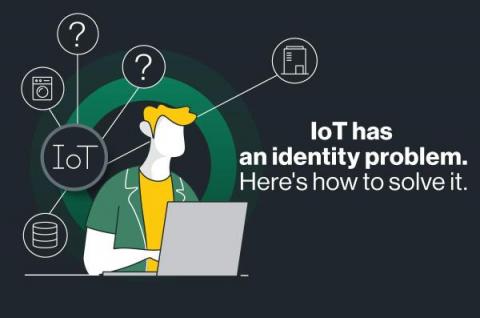The Future of the Firewall is in the Cloud
I read with some surprise the interview with Zscaler’s CEO, Jay Chaudry, in CRN where he stated that the “network firewalls will go the way of the mainframe,” that “the network is just plumbing” and that Zscaler proxy overlay architecture will replace it with its “application switchboard.” Well, our joint history in network security teaches us a very different lesson. This is my take.











